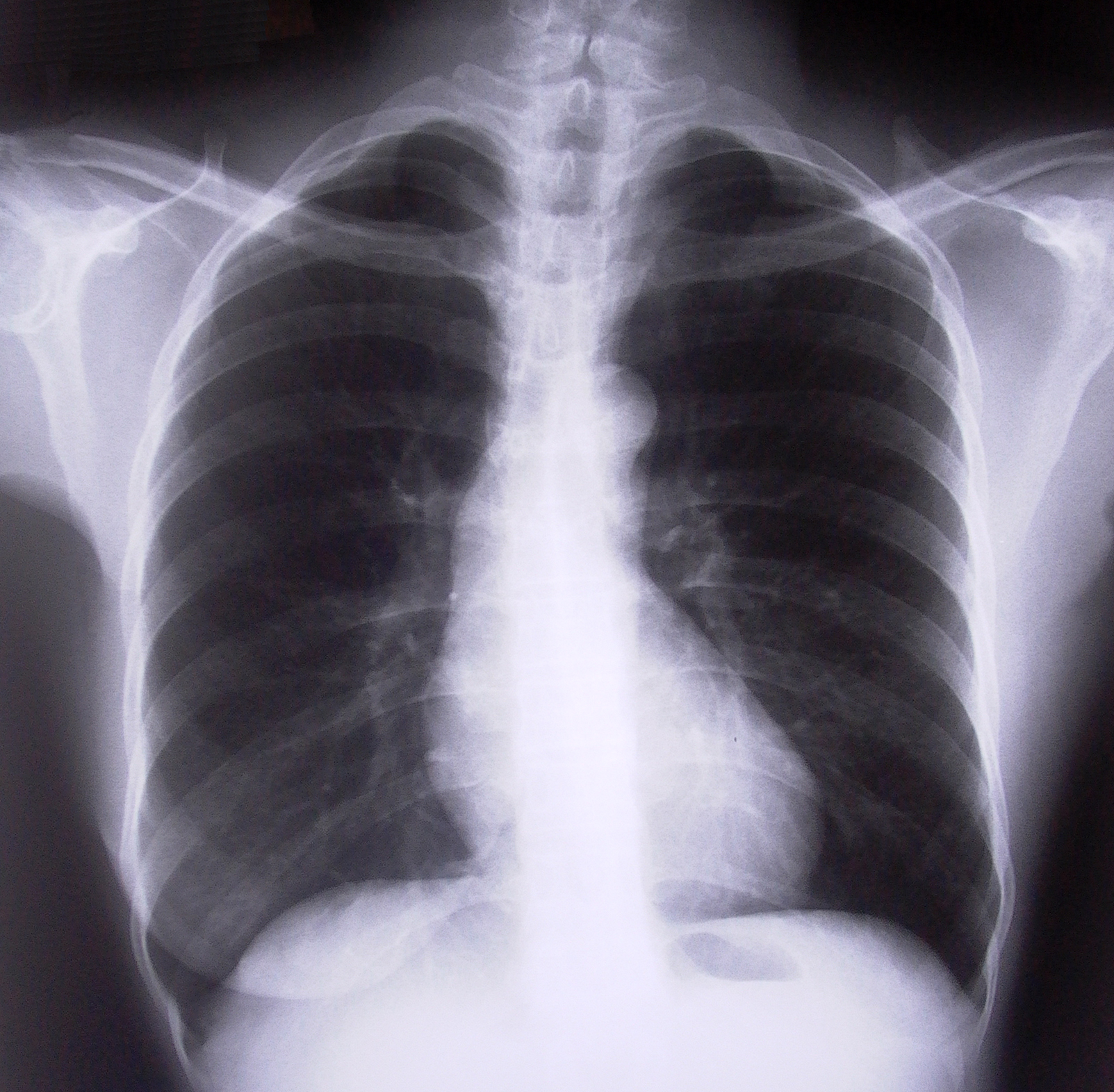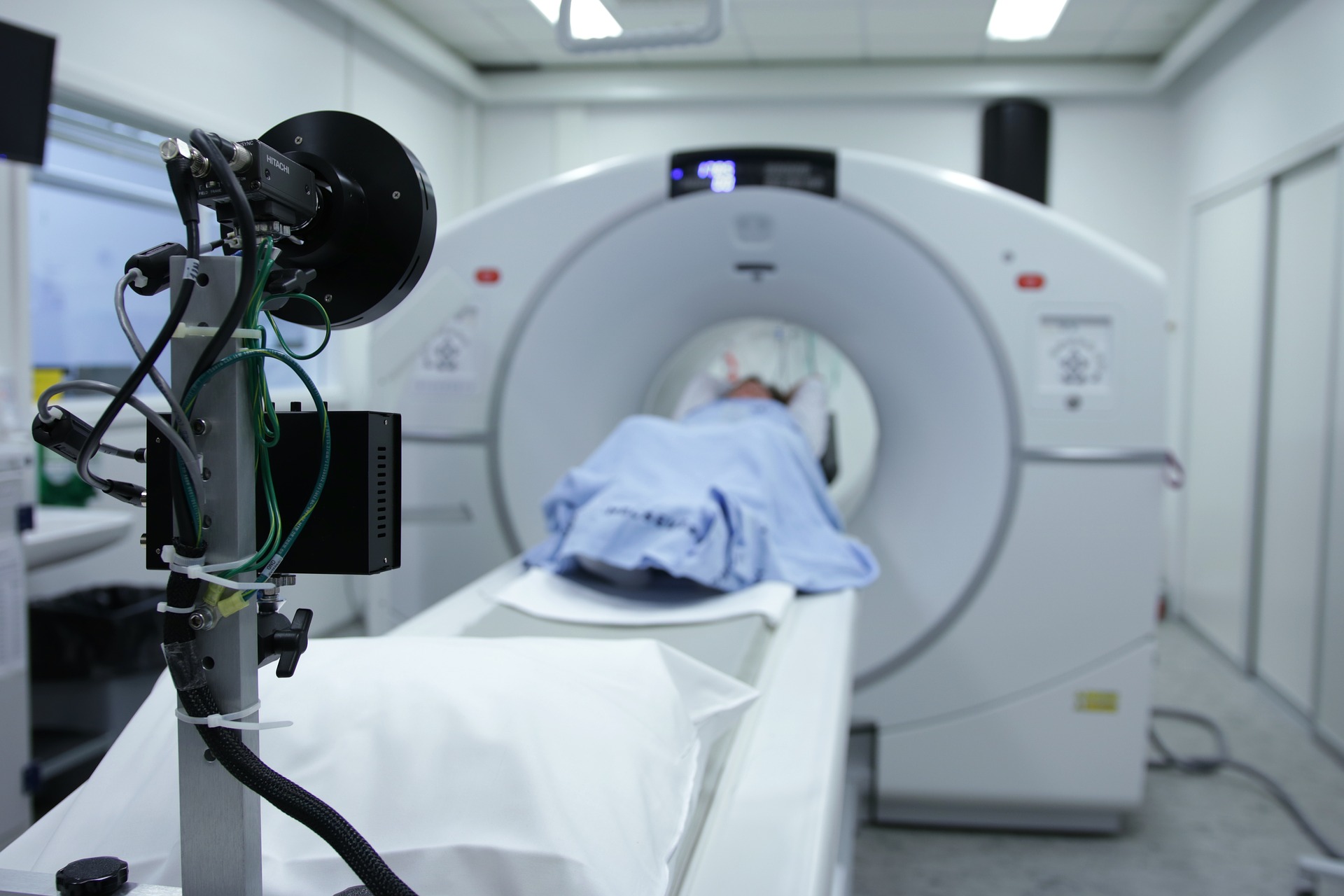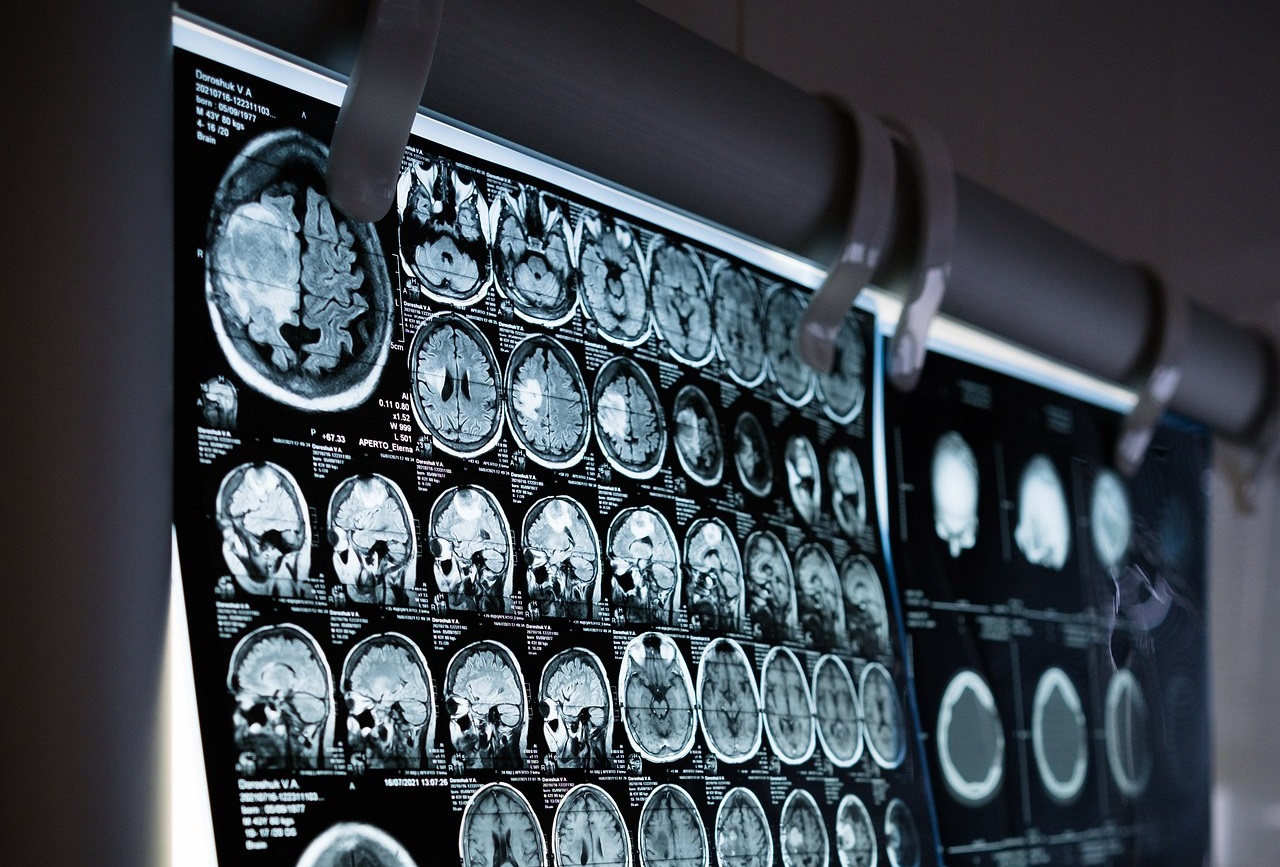Market:
Client Type:
Solution:
Project:
Challenges
This hospital was establishing lung screening as part of the NHS England Targeted Lung Health Check (TLHC) programme. The high number of participants demanded a streamlined workflow solution which could assist with the reading of Lung CT images and the identification of pulmonary nodules while improving diagnostic quality.
Solution
SynApps deployed the Mevis Veolity application and its enterprise reporting database at the Trust and configured the solution to work alongside the Trust’s existing PACS solution, using the provided out-of-the-box DICOM integration. The company also configured the reporting database to capture the clinical data for each patient Lung CT. Finally, SynApps trained the Trust’s Radiologists in using the Veolity application as part of their reporting activities.
The project team was comprised of individuals from both SynApps Solutions and the customer including:
-
- Customer Stakeholders
- Project Manager
- Veolity Implementation Consultant
- Infrastructure Team Members
All the implementation work was conducted offsite. SynApps established regular catch-up meetings to identify progress, next steps and any blocking issues. Support was provided during the clinical testing phase to ensure adequate training and discuss any issues identified.
Project Success
SynApps provided the Mevis Veolity Lung Screening solution in conjunction with its enterprise reporting database platform. Veolity combines lung CAD of solid, non-solid and partially solid pulmonary nodules, with the integration and automatic registration of prior studies, thus efficiently creating clear reports within an improved workflow. It also deployed its enterprise reporting database to capture all clinical data produced by Veolity, so the trust was able to quickly and efficiently provide national reporting data to NHS England.
The SynApps Difference
The SynApps solution reduced the time to report each Lung Chest CT and improved the consistency of reporting across the team of participating Radiologists. The ability to quickly compare any pulmonary nodules with those reported in prior studies meant volume and mass doubling time data for each nodule could be obtained, improving the diagnostic data available. In addition, the reporting database and the breadth of data available, allowed the trust to provide the TLHC programme with a broad clinical dataset for analysing and interpreting the results.





